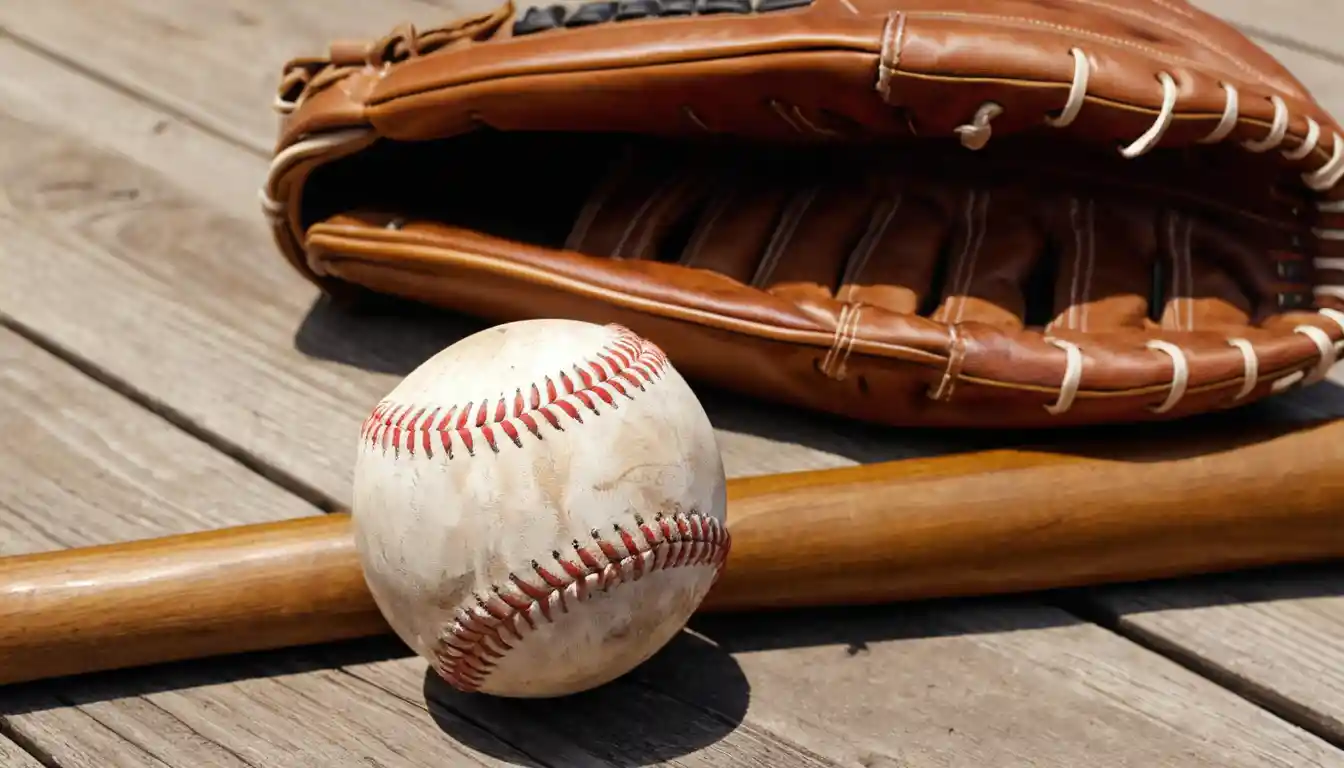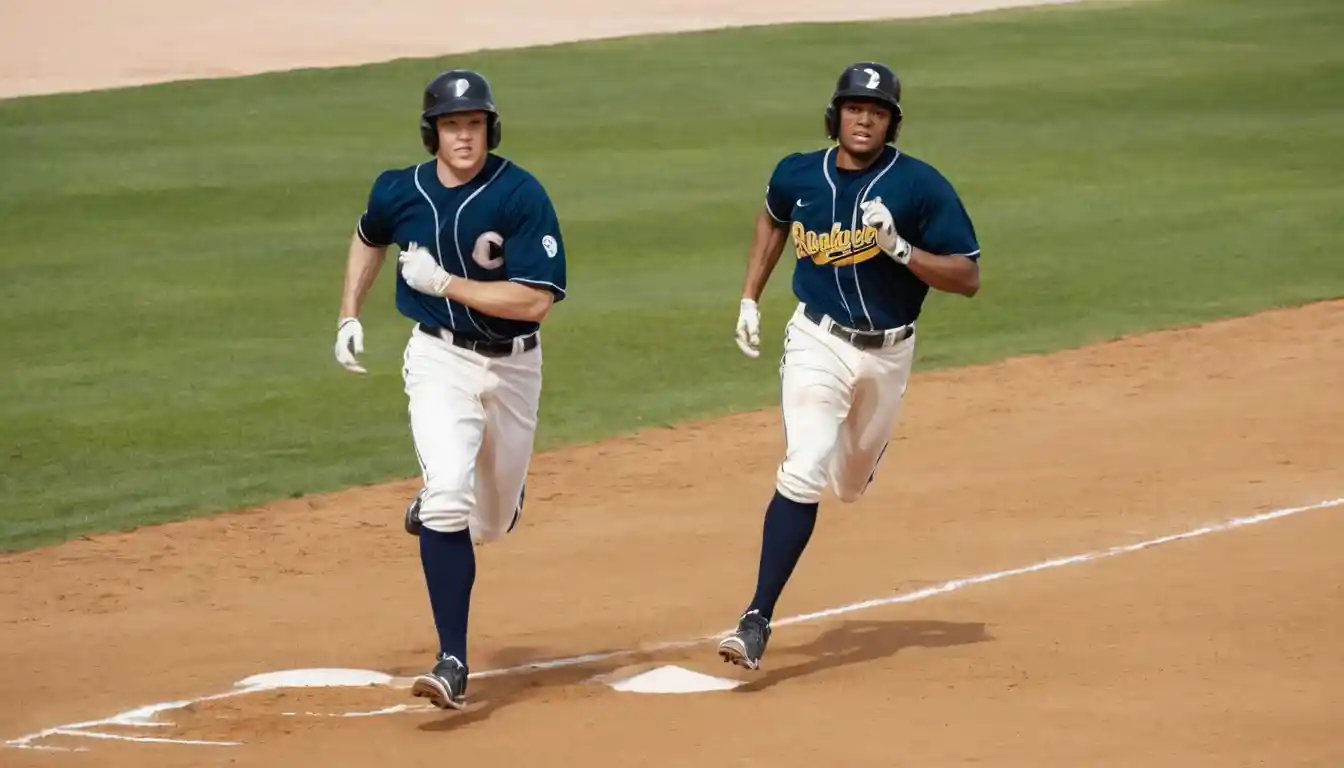Baseball is often considered America’s pastime. A beloved sport that has captured the hearts of millions for over a century. If you’re new to the game or simply want a better understanding of how it works, you might be asking: How does baseball work? Whether you’re watching a game at the ballpark, following your favorite team on TV, or playing in a casual league, learning the basics of baseball will not only enhance your experience but also deepen your appreciation for the game.
In this post, we’ll break down the rules, the roles of players, and the flow of the game so you can enjoy baseball to the fullest. By the end, you’ll not only be able to answer the question, how does baseball work, but you’ll also have a newfound respect for the intricacies of the sport.
The Basics: What You Need to Know
At its core, baseball is a team sport played between two teams of nine players each. The goal is simple: score more runs than the opposing team. A run is earned when a player successfully reaches home plate after hitting the ball and rounding all the bases. The team with the most runs at the end of the game wins.
But let’s dive a little deeper into how baseball works and what makes it unique.
The Field and Equipment
Baseball is played on a diamond-shaped field, with four bases arranged in a square: first base, second base, third base, and home plate. These bases form a path that runners must follow to score a run. The distance between each base is 90 feet.
The main pieces of equipment include:
Bat: A wooden or metal instrument used to hit the ball.
Ball: A hard, white ball with red stitching, typically made of leather.
Glove: A mitt worn by fielders to catch the ball.
Batting Helmet: Worn by players to protect their heads when at bat.
The Structure of the Game
Baseball games are typically played in nine innings, with each inning consisting of two halves. In the top half, the visiting team bats, while the home team plays defense. In the bottom half, the roles are reversed.
Each team gets a chance to bat and a chance to play defense during each inning. The goal of the defense is to get the offensive players out, while the goal of the offense is to score as many runs as possible.
Scoring Runs
The offense tries to get players on base by hitting the ball. Once on base, a player must run from one base to the next, eventually making it back to home plate. Here’s how it works:
The Batter: The batter stands in the batter’s box, waiting for the pitcher to throw the ball.
The Pitcher: The pitcher stands on the pitcher’s mound and throws the ball towards the batter, aiming to get the batter out.
The Hit: The batter swings at the ball in hopes of making contact. A successful hit sends the ball into the field of play.
Running the Bases: After hitting the ball, the batter runs to first base. If they make it safely, they become a “base runner” and have the chance to move to second, third, and ultimately home plate.
To score a run, the base runner must touch each base in order and reach home plate without being tagged out or forced out.
The Defensive Side
The defense’s job is to prevent the offense from scoring. The team in the field consists of nine players:

Pitcher: Throws the ball to the batter.
Catcher: Catches the pitched ball and works with the pitcher to get outs.
Infielders: These include the first baseman, second baseman, shortstop, and third baseman. They defend the areas near the bases and try to get runners out.
Outfielders: The left fielder, center fielder, and right fielder are positioned beyond the infield. They cover the larger part of the field and try to catch any balls that are hit into the air.
To get a batter out, the defense can:
Catch the Ball: If the batter hits the ball in the air and the defense catches it before it touches the ground, the batter is out.
Tag the Runner: If the runner is caught in between bases, they can be tagged by a defensive player holding the ball.
Force Out: A defensive player can force a runner out by touching the base the runner is attempting to reach before the runner does.
The Key Players: Pitchers and Batters
In baseball, the battle between the pitcher and the batter is central to the game. Let’s take a closer look at how these two roles work.
The Pitcher
The pitcher plays a crucial role in dictating the flow of the game. Standing on the mound, the pitcher throws the ball to the batter, aiming to get them out. Their objective is to throw the ball in such a way that the batter can’t make solid contact with it.
Pitch Types: There are several types of pitches, including fastballs, curveballs, sliders, and changeups. Each pitch type is designed to move the ball in a different way, making it harder for the batter to hit.
Strike Zone: The pitcher aims to throw the ball through the strike zone, which is the area above the batter’s knees and below their chest. If the batter doesn’t swing at a pitch in the strike zone and it’s called a strike, they risk getting closer to being out.
The Batter
On the other hand, the batter’s goal is to make contact with the ball and get on base. To do this, they need to read the pitcher’s movements and anticipate the type of pitch being thrown. Here’s how a batter can score:
Hit the Ball: If the batter successfully hits the ball, they can reach base and potentially advance to other bases.
Walk: If the pitcher throws four balls outside the strike zone without the batter swinging, the batter gets a “walk” and can take first base without needing a hit.
Common Terms in Baseball
To help you follow along with the game, here are some commonly used terms you’ll hear when watching baseball:
Strike: A pitched ball that the batter either swings at and misses or doesn’t swing at but is within the strike zone.
Ball: A pitched ball outside the strike zone that the batter doesn’t swing at.
Home Run: When the batter hits the ball over the outfield fence, allowing them to round all the bases and score.
Double Play: When the defense gets two outs in one play, often involving the infielders.
The Flow of the Game
Now that we’ve covered the basics, let’s talk about how the game flows. When a team is on offense, they send their players to bat in a set order known as the lineup. The batter faces the pitcher, trying to hit the ball and get on base.
Once the batter gets out (whether by striking out, being caught, or getting tagged out), the next player in the lineup takes their turn. The team continues this cycle of batting and getting outs until three outs are recorded, at which point the other team gets a chance to bat.

The game consists of nine innings, with each team having a turn to bat and a turn to play defense in each inning. After the nine innings are completed, the team with the most runs wins the game.
How Does Baseball Work in Extra Innings?
In the rare event that both teams are tied at the end of the ninth inning, the game goes into extra innings. Extra innings follow the same rules as regular innings, but the game continues until one team has more runs than the other at the end of a complete inning.
Frequently Asked Questions
What are the basic rules of baseball?
In baseball, two teams of nine players compete to score more runs than the other. A run is scored when a player successfully reaches home plate after hitting the ball and rounding all the bases. The game is played in nine innings, with each team getting a chance to bat and play defense. The team with the most runs at the end of the game wins.
What does a pitcher do in baseball?
The pitcher throws the ball to the batter, trying to get them out. They aim to make it difficult for the batter to hit the ball. The pitcher uses different pitches, like fastballs, curveballs, and sliders, to achieve this.
How does a batter score a run in baseball?
A batter scores by hitting the ball and safely reaching each base—first, second, third, and home plate. To score, the batter must avoid being tagged or forced out at any base.
What is a “strike” in baseball?
A strike happens when the batter swings and misses, or doesn’t swing but the ball is in the strike zone. If the batter gets three strikes, they are out.
What happens in extra innings in baseball?
If the score is tied at the end of the ninth inning, the game goes into extra innings. The teams keep playing until one team scores more runs at the end of an inning, deciding the winner.
Conclusion
Baseball has many aspects, from the pitcher and batter to fielding positions. Each part has its own strategy and excitement. Whether you’re watching a Major League game, playing at a local park, or just learning the rules, understanding baseball helps you enjoy the game more.
Now that you know how baseball works, why not grab a ball and bat? Whether you’re playing with friends, at a live game, or cheering on your team, baseball offers endless fun for everyone.





